Mahindra’s new state-of-the-art facility for testing and validating batteries will play a key role in defining the power source for its future EVs.
Published On Apr 14, 2024 08:00:00 AM
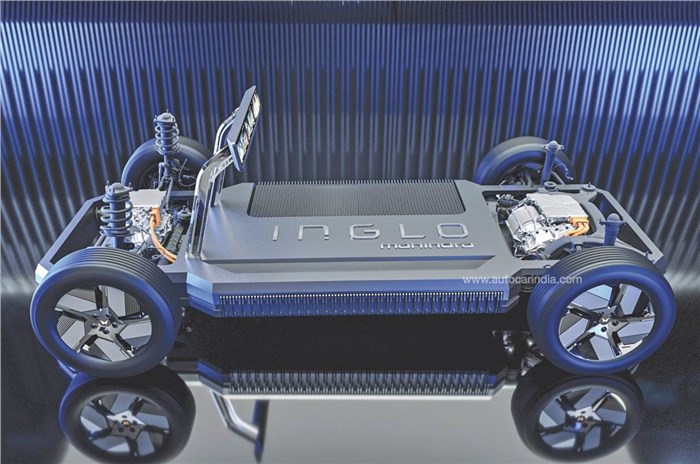
INGLO platform will use a battery pack designed and developed in-house by Mahindra.
At the heart of the electric vehicle (EV) revolution lies the battery cell, and those companies that assert mastery of this elemental component wield significant influence in shaping the future of electric mobility. But only a handful of companies possess advanced cell technology and it’s these companies that control the EV supply chain.
With India being a relatively late starter in the EV game, the supply chain is far from developed. It will be a couple of years before we see India’s first full-scale cell manufacturing plant and, until then, Indian EV makers will have no choice but to rely on importing cells from global suppliers in Europe, Korea and, in particular, China.
However, the capability to design and assemble battery packs remains a crucial aspect of electric car manufacturing and allows car companies to retain control over the integral power unit that propels their future EVs. In fact, battery pack design and testing is possibly the most critical part of EV development, as it impacts the vehicle’s overall performance, safety and efficiency.
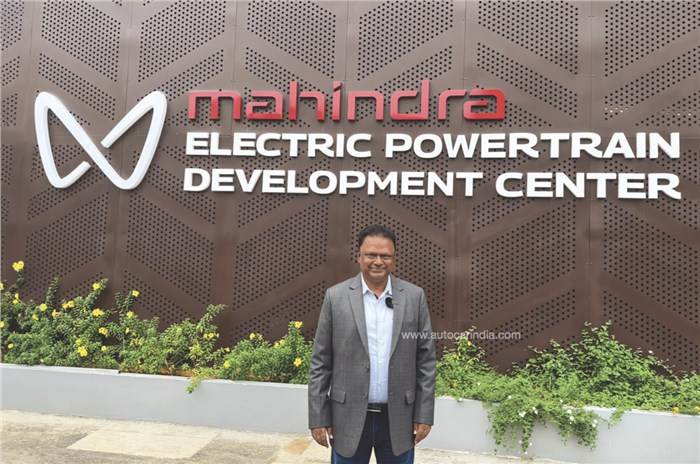
R Velusamy, chief of Global Product Development, Auto Sector, M&M.
Mahindra & Mahindra’s (M&M) future range of ‘born electric’ EVs based on the company’s INGLO platform are being designed around a state-of-the-art battery pack. The company has just finalised an agreement with VW to source ‘unified’ cells from 2026, which is when cell production starts from a brand new battery manufacturing facility built by the German auto giant. However, the first of Mahindra’s future EVs, which are due in the second half of this year, will come with a 79kWh battery pack using blade cells from BYD. The advantage of blade cells is their packaging efficiency. “These blade cells come with a cell-to-pack structure; there is no module and this helps pack in more cells in the given space. And so we have 128 cells that give us 79kWh energy,” explains R Velusamy, chief of Global Product Development, Auto Sector, M&M.
However, designing a battery pack is one thing, but testing and validating the design is even more crucial, given the potential risks associated with high-voltage systems and the incidence of battery fires. In fact, Indian regulators have put in place stringent safety standards for this.
Compliance with these standards is non-negotiable, which prompted Mahindra to invest in a spanking new facility within Mahindra Research Valley (MRV) – the company’s R&D centre – dedicated to battery testing and development. This new battery lab or Mahindra’s Electric Powertrain Development Centre is aimed at ensuring that battery packs meet or exceed industry safety benchmarks.
The utmost priority is mitigating any risk of a fire. “We built this facility, and the testing chamber has two-foot-thick walls, so in case of any fire, it is contained inside. Plus, of course, we have a fire-fighting system in place in here,” said Velusamy.

State-of-the-art testing equipment subjects batteries to stringent safety checks. INGLO platform will use a battery pack designed and developed in-house by Mahindra.
The batteries are subjected to all sorts of durability tests to simulate real-world conditions over the life cycle of the vehicle. “To test for water seepage, we also have a water pit where we can submerge the entire battery pack, and then we open it in the battery build area to check for seepage. We also have a high-frequency, low-amplitude vibration tester where the pack is put through a lot of vibrations, and we have a complete cycle that we run on the pack to check for the solidness of all internal connections and battery functioning. Another chamber is the temperature test chamber, where the battery is subjected to temperatures from -40-deg C to +80-deg C, as temperature can also distort internal connections. Just like with an ICE vehicle, EVs too will be subjected to a wide range of temperatures,” explains Velusamy as he takes us on a tour of the facility.
The intricacies of battery pack design extend to addressing temperature differentials among individual cells. Velusamy points out that maintaining consistent cell-to-cell temperatures is crucial for optimal performance. “There is a cooling plate under the battery pack, as cell-to-cell temperature performance is crucial. If all cells are operating at the optimum temperature, but if one cell is, for example, too hot, then the entire battery pack’s allowable energy output is based on that particular cell’s temperature. So, generally, a 5-deg C variation is acceptable, but we have targeted a 2.5-Deg C variation with an interesting design and system that we have also applied for a patent for; we will reveal more next year.”
But it’s not just extreme temperatures to protect the battery from; other severe measures need to be taken. “For instance you can see in our pack the wiring harness runs through the middle and we have 128 cells and many tappings for positive and negative terminals. There are so many contact points and they have to be secure, so they are laser welded, because if one gives way, the entire pack has to be removed from the vehicle, which is a big job. Then we have to also ensure that the pack and these connections are safe from water seepage, vibrations and even a crash. In the event of a crash, the high-voltage battery must also immediately disconnect from the entire system,” Velusamy said.

BYD blade cells give unmatched packaging efficiency.
Addressing safety considerations between Nickel Manganese Cobalt (NMC) and Lithium Iron Phosphate (LFP) cells, Velusamy notes the necessity for a robust design for both. NMC, with its layered structure, presents unique challenges compared to the crystalline structure of LFP. However, Velusamy reassures that a well-designed battery pack can effectively mitigate safety risks for both high-performance NMC and standard-performance LFP cells. “NMC is a little more prone to thermal runaway, but you have measures to control it, and thus you can make a nicely safe battery pack for both chemistries.”
Reflecting on the transition from ICE to EV, Velusamy shares insights, particularly regarding battery technology. “A lot of people say there are fewer moving parts in an EV compared to an IC engine and that is very true. But here too with EVs, you have many more high-voltage connections, so you have different challenges and complications in both. Also, understanding the fundamentals of battery cells is crucial. Initially, we doubted the feasibility of obtaining 80kWh from an LFP cell, but through perseverance and innovation, we achieved it within six months, and that honestly makes it all very interesting for us.”
The proof of the pudding will of course be in the eating and we can’t wait to drive the first INGLO-based EV from Mahindra later this year.
Also see:
Mahindra XUV 3XO new teaser confirms panoramic sunroof
Mahindra XUV300 gets up to Rs 1.59 lakh discount on MY2023 stocks
Copyright (c) Autocar India. All rights reserved.
×
Member Login
Personal Details
OR
![]()
No comments yet. Be the first to comment.

 2 weeks ago
20
2 weeks ago
20
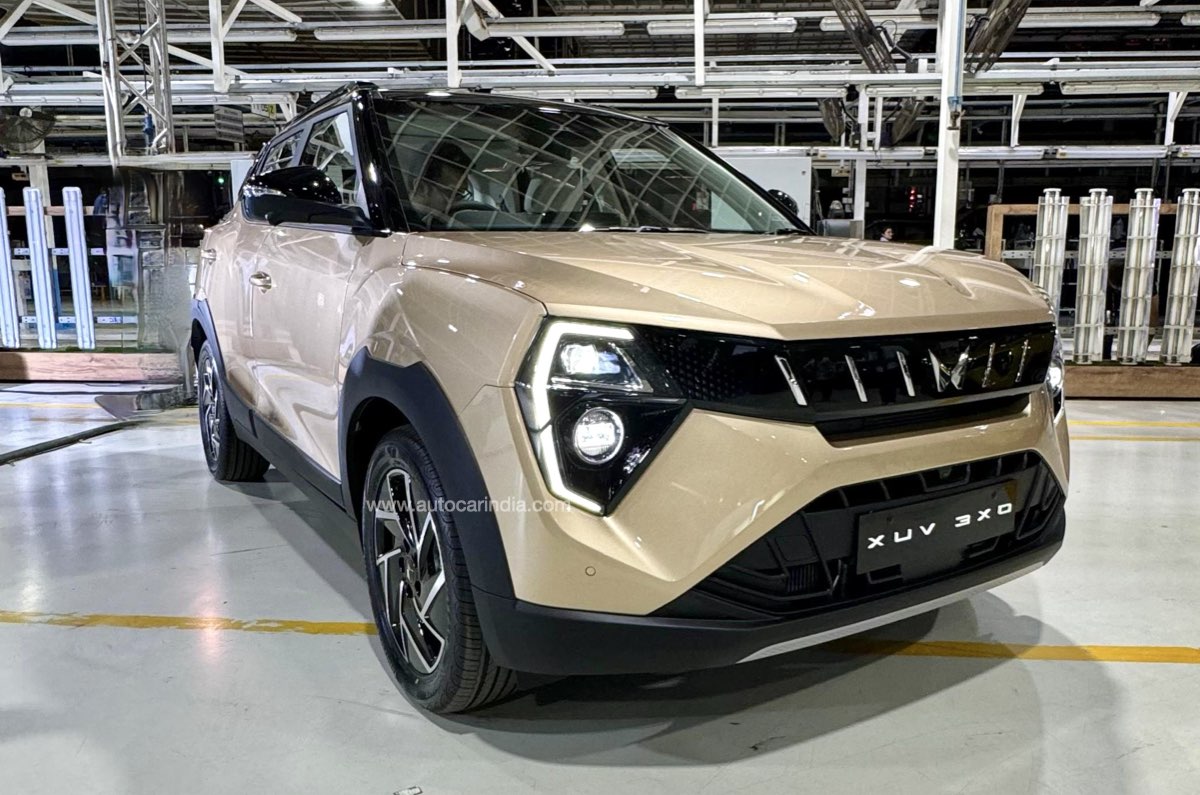

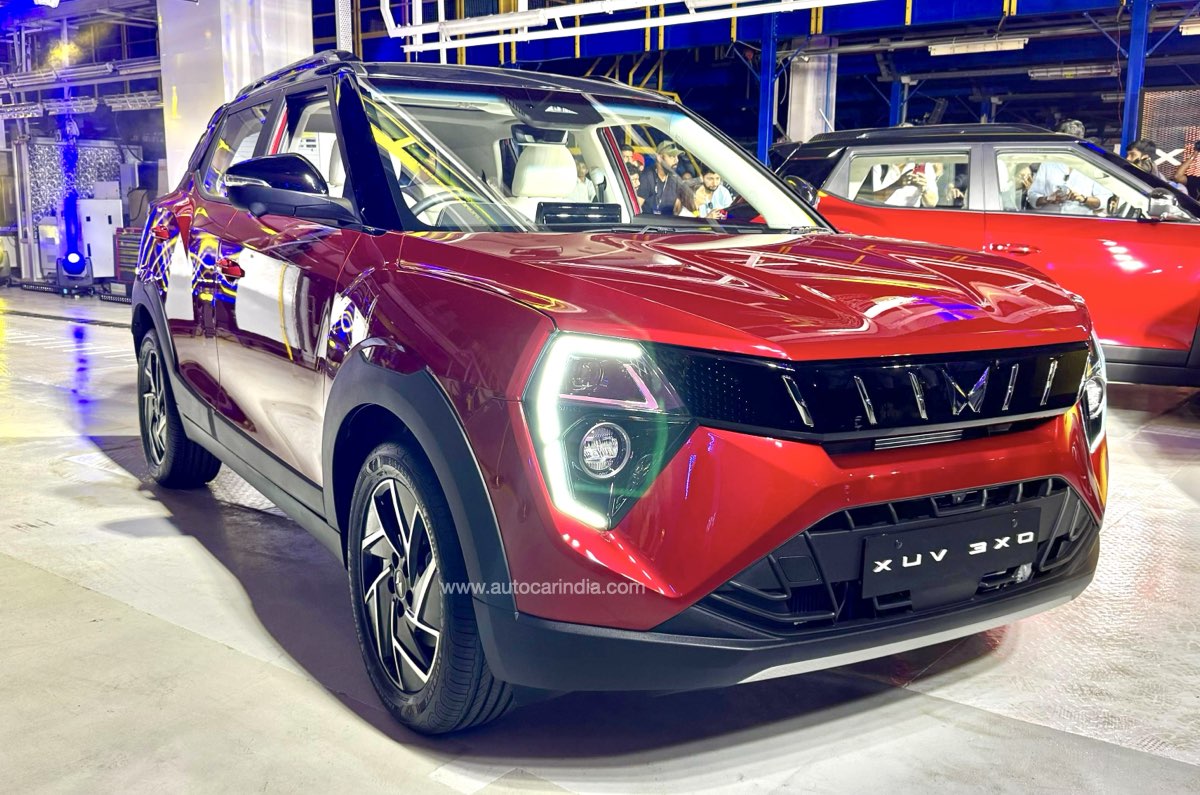
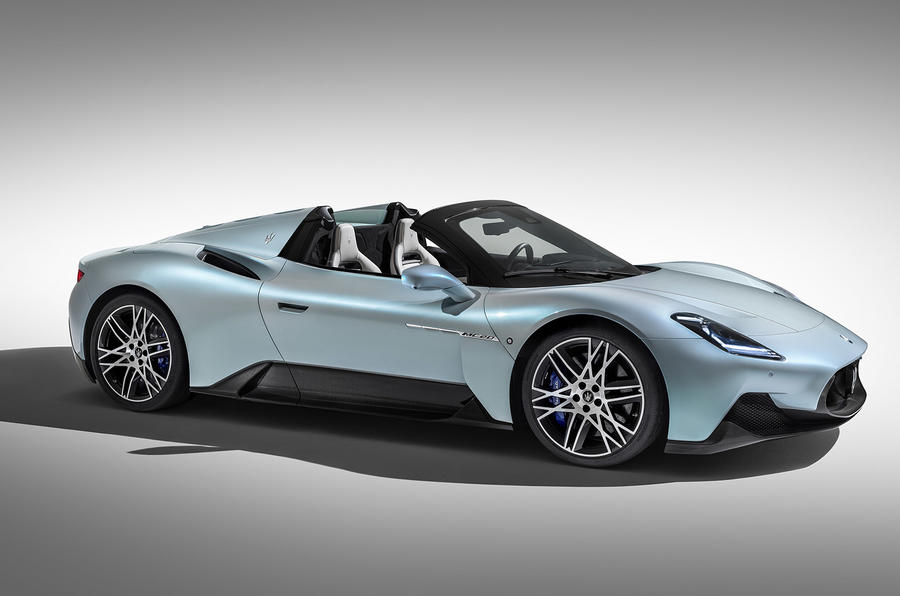




 English (US)
English (US)